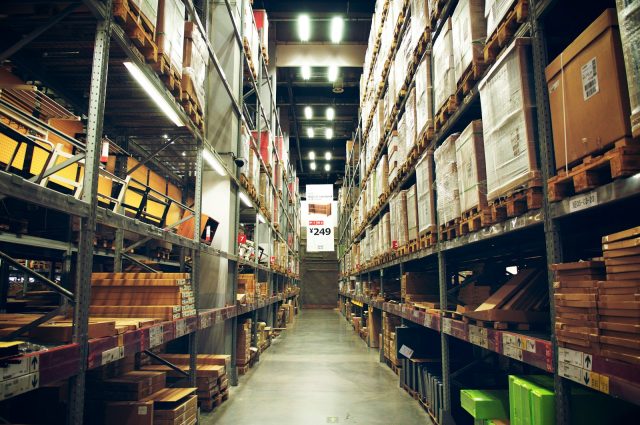
Workplace safety is a critical concern for businesses across all industries, with equipment and infrastructure maintenance serving as the basis for protecting employees and maintaining operational efficiency. The reality of workplace safety statistics highlights the importance of safety practices: OSHA data reveals that worker deaths have decreased from approximately 38 per day in 1970 to 15 per day in 2023, showing the effectiveness of systematic safety approaches. However, with over 375,000 establishments reporting workplace injuries and illnesses annually, there remains some room for improvement through proper equipment maintenance, infrastructure management, and safety protocol implementation.
1. Proper Maintenance and Inspection of Forklifts and Other Machinery
Regular maintenance and inspection schedules are the backbone of machinery safety programs. For forklifts, which are one of the most commonly cited safety concerns in industrial environments, daily pre-operation inspections should focus on critical components, including brake systems, hydraulic functions, tire condition, and steering mechanisms. Establishing systematic inspection protocols guarantees that potential equipment failures are identified before they become safety hazards.
Operator training is more than just basic equipment operation and encompasses recognition of warning signs, proper load handling techniques, and emergency procedures. Documentation and record-keeping play essential roles in maintaining accountability and tracking equipment performance over time.
2. Installation and Upkeep of Safety Barriers, Guardrails, and Bollards
Physical safety barriers are the first line of defense against workplace accidents involving moving equipment and pedestrian traffic. Different types of barriers serve specific applications: fixed guardrails for permanent protection around elevated work areas, flexible barriers for temporary crowd control, and impact-resistant bollards for protecting equipment and structures from vehicle collisions. Proper installation techniques require adherence to manufacturer specifications and relevant safety standards. Barriers must be anchored securely to withstand anticipated impact forces while maintaining appropriate height clearances and spacing. Regular inspection procedures should evaluate structural integrity, anchor point stability, and surface conditions that might affect visibility or effectiveness.
3. Adequate Lighting and Ventilation Systems
Proper lighting has multiple safety functions, from allowing accurate task performance to facilitating emergency evacuation procedures. Different work areas require specific lighting solutions: task lighting for detailed work, ambient lighting for general navigation, and emergency lighting systems for power failure situations. AFL-CIO safety data indicates that inadequate lighting contributes to numerous workplace accidents, particularly among older workers who face increased fall risks. Ventilation systems protect workers from airborne contaminants while maintaining comfortable working conditions that promote alertness and productivity. Industrial environments often require specialized ventilation solutions to manage chemical vapors, dust particles, and temperature control. Energy-efficient lighting options, including LED systems and automated controls, provide improved illumination while lowering operational costs. Modern lighting systems often incorporate sensors and time-delay relays that automatically manage lighting sequences, ensuring adequate illumination during critical periods while optimizing energy consumption during low-activity times.
4. Clear Marking of Fire Exits and Emergency Routes
Emergency evacuation procedures depend heavily on clear, visible exit signage and well-maintained escape routes. Exit signs must remain illuminated during power outages, requiring backup power systems or battery-powered emergency lighting. Proper placement of emergency route markers follows specific spacing requirements to guarantee visibility from any location within the facility. Regular testing of emergency lighting systems verifies functionality and identifies components requiring replacement before emergency situations arise. Battery backup systems typically require monthly testing with annual full-duration discharge tests to make sure there’s reliable performance. Keeping exit routes clear and accessible needs ongoing attention to prevent storage accumulation, equipment placement, or other obstructions that could impede emergency evacuation.
Successful safety programs integrate equipment maintenance, infrastructure management, and employee training into comprehensive systems that address the interconnected nature of workplace safety. When giving priority to preventive maintenance, investing in proper safety infrastructure, and maintaining clear emergency procedures, organizations can lower the risk of workplace accidents while improving overall operational efficiency. The investment in safety practices pays dividends through reduced insurance costs, improved employee morale, decreased absenteeism, and improved productivity. Most importantly, these measures protect the most valuable asset of any organization: the health and safety of its workforce.








